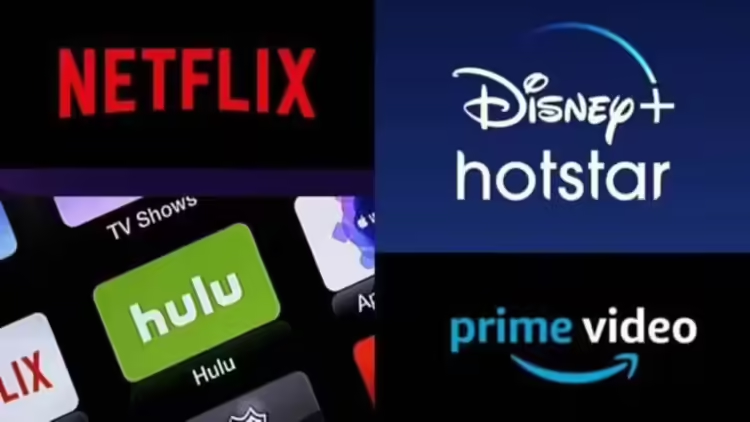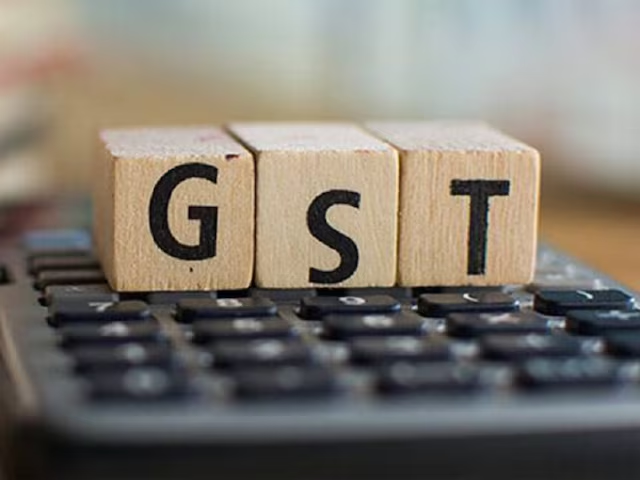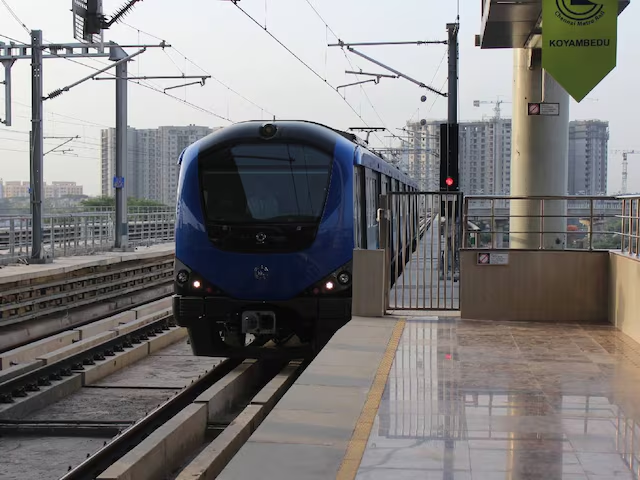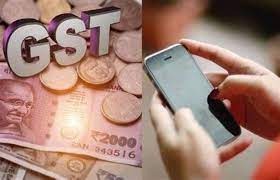DTH providers want pricing independence in response to OTT heat and call on Trai to show patience similar to that of the telecom industry
Direct-to-home (DTH) providers, including as Bharti Airtel, Tata Play, Dish TV, and others, are attempting to price their services with a tariff structure like to that of the telephone industry in order to counter the competition from over-the-top (OTT) channels.

Regulators often grant tariff forbearance when they believe there is intense competition and the market has reached a mature point in terms of providing prices. In certain situations, operators are permitted to establish rates without requiring prior consent from the regulator, in this example the Telecom Regulatory Authority of India. Operators must submit their rates, nevertheless, no later than one week after implementation. Should the regulator determine that modifications are necessary, directives will be given.
DTH providers believe that because OTTs have brought forth more competition and maturity to the broadcasting industry, strict pricing control is no longer necessary. As a matter of fact, patience will provide them with the necessary adaptability to rival OTTs.
The present state of the DTH sector is one of excessive regulation, with operators having to pay the government an 8% revenue share license fee in addition to price limitations imposed by the Trai.
If there is more agreement among the different stakeholders, Trai, which is now reviewing the operator submissions, is expected to suggest amending the rules, according to authorities.
“In light of the highly competitive nature of the broadcasting industry, as evidenced by Trai’s own data, coupled with the industry’s declining revenues and the absence of signs of market failure, it may be prudent to exercise patience, allow market forces to take their course, and adopt a similar light-touch regulatory approach,” Bharti Airtel stated in its representation to Trai.
The New Tariff Order 3.0 now governs tariffs. Industry officials claim that nobody in the value chain, including broadcasters, distributors, consumers, and advertising, has benefited in the five years since NTO was implemented.
The NTO has actually resulted in increased rates for customers.
The price ceiling for individual channels within a bouquet is maintained at Rs 19 per the present pricing regime. In addition to the bouquet price, users must pay the operators a monthly network capacity fee (NCF) of either Rs 130 or Rs 160.
Although the NCF tax increases monthly bills for customers, DTH providers’ capacity is limited by the need to broadcast free-to-air channels.
For instance, if a customer pays Rs 200 for pay-TV programming, after the NCF, that amount rises to almost Rs 400.
Tata Play informed Trai, “Moreover, various platforms have different cost structures, so a blanket regulation despite the different business models, does not work.”
In addition to pleading with the regulator for patience, operators have asked that DD Free Dish, which is controlled by Prasar Bharti, not be permitted to broadcast private channels.
This is because to Prasar Bharati’s distortion of the level playing field—it does not impose a monthly or yearly membership cost on viewers for DD Free Dish service.
A study conducted in 2023 by FICCI and EY estimated that 118 million homes have paid television service. By 2030, it is anticipated that the same would drop to 83 million. However, it is anticipated that there will be 100 million linked TV households by 2030, up from 35 million in 2023.







